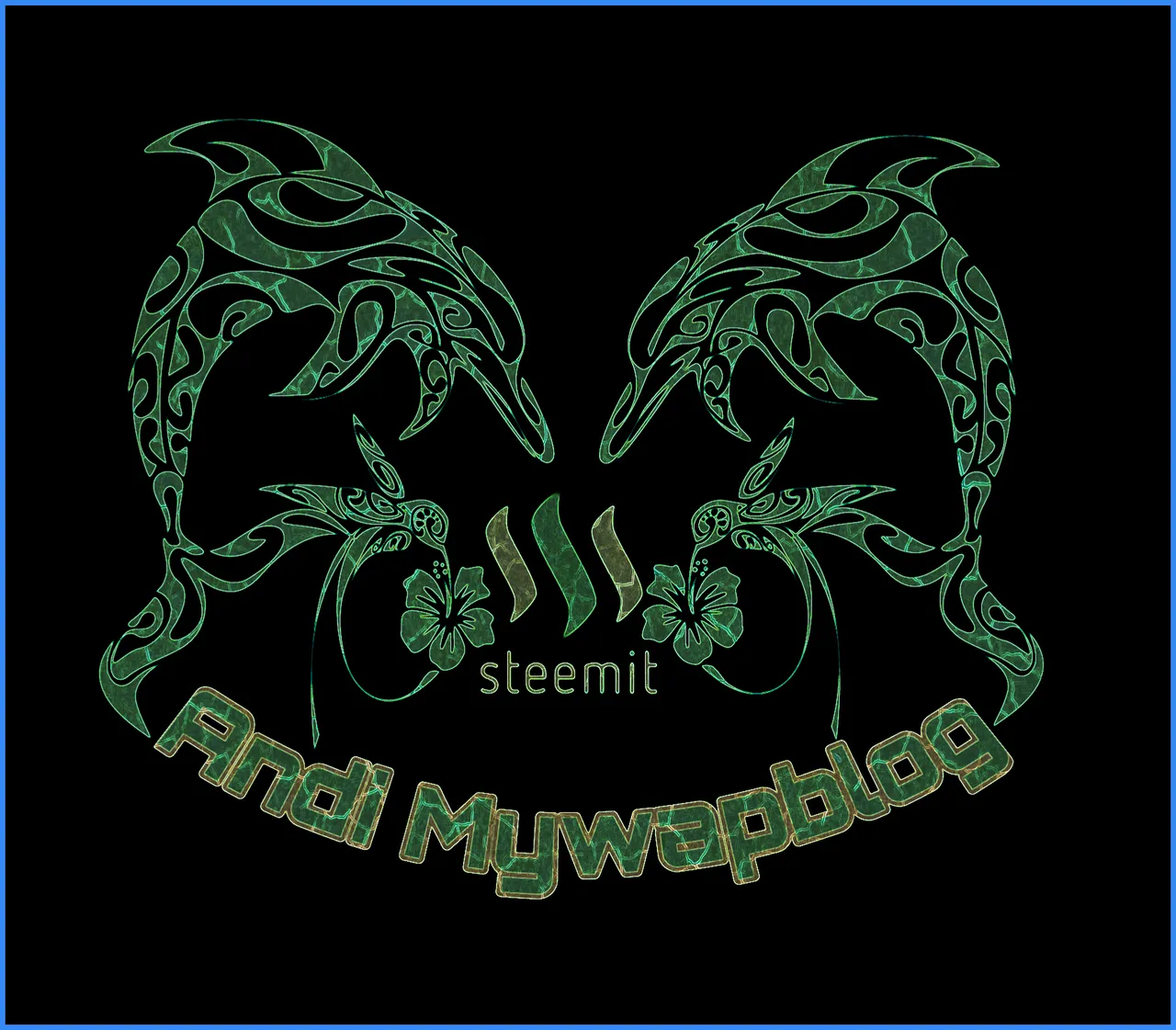
Carnivorous Plant
The plants that received little or the major part of their nutrient (but not power) With the trap and eat animals or favored protozoan. Usually the food from carnivorous plant is insects and artropod (Insects, the spider, shrimp, and others).
Self adjustment of carnivorous plant
Carnivorous plants adapted to grow in a place where there is much light and the land is less with nutrient, Especially nitrogen, as bogs berasid and rocks. Charles Darwin wrote a book entitled Insectivorous Referencelist, first about carnivorous plants, on 1875.
This plant called carnivorous for the ability to catch the animal. There are more 12 genus in 5 family. This includes 625 species which attract and trap its prey, produce an enzyme that can be digested to use nutrition.
Examples of carnivorous plant

Lobe on these plants move close quickly, When the hair special sensorik stimulated. This plant can distinguish between living stimulus and stimulus that does not live. Lobe of the plants to close in time around 0.1/seconds. Lobe is limited by the ridge like thorns rigid or cilia which close together to prevent large prey fled. After the prey is not able to escape the edge of the lobe grasps, Reseal the trap and pulping the prey.

Sundews have snatches up the glands move with sweet sticky fluid. When the insect passes through the plants so the plants will move snatches up toward the insect. After trapped, so small on sundews sesil glands will digest insects and absorb the nutrients that are produced and then can be used to help the growth.


The leaves of the Lily Cobra round and formed the empty cavity with open the anyang located under the balloons, Unlike other large a pitcher plants, Lilly Cobra does not use a trap heel, but the trap lobster pot. This plant emits an insect to the leaf modifications like the jug with the nectar on the openings facing down.
Once the prey is located in the body of this plant then there are thousands of fine feathers that grow rains so that the prey is not able to turn or move out to escape.

The bottom of the cup contains the glands that absorb and distribute the nutrients. Most of these plants are small and tend to become insect trap only, but some of the larger species such as Nepenthes Nepenthes Rafflesiana and laid has captured the small mammals such as rats. This carnivorous plant large enough to trap rats - although not do so with the very often.



Reference :
https://en.m.wikipedia.org/wiki/Venus_flytrap
https://id.m.wikipedia.org/wiki/Drosera
https://en.m.wikipedia.org/wiki/Drosophyllum
https://en.m.wikipedia.org/wiki/Darlingtonia_californica
https://en.m.wikipedia.org/wiki/Nepenthes_rajah
https://en.m.wikipedia.org/wiki/Pitcher_plant
https://en.m.wikipedia.org/wiki/Carnivorous_plants_of_Australia

#steemSTEM has cool people who like, create, and support nerd stuff like Science, Technology, Engineering, and Mathematics related content and activities on the STEEM blockchain. If you want to be a part of it you can contribute relevant STEM content with the #steemstem tag, support and vote on steemSTEM authors, join the curation trail, hop in the Discord Channel


Join with my curation on steemauto : Steemauto
Join with steemfollower : Steemfollower
